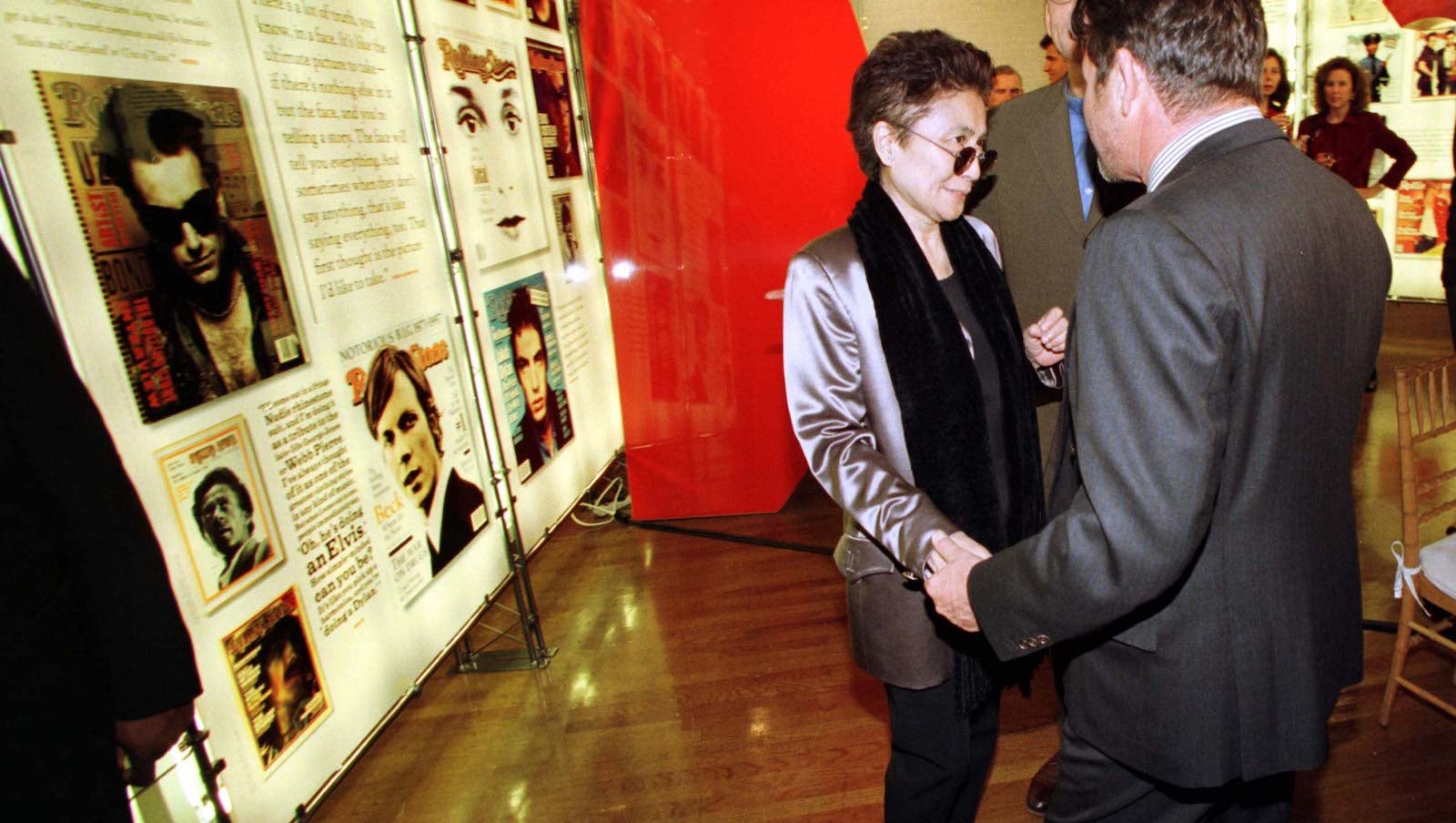Rolling Stone magazine’s best music writing (or the little of it that you can read online)
“How does it feel / to be without a home,” goes the chorus of Bob Dylan’s “Like a Rolling Stone”—the 1965 folk song that partly inspired the naming of Rolling Stone, the iconic counterculture magazine founded by Jann Wenner in 1967.


“How does it feel / to be without a home,” goes the chorus of Bob Dylan’s “Like a Rolling Stone”—the 1965 folk song that partly inspired the naming of Rolling Stone, the iconic counterculture magazine founded by Jann Wenner in 1967.
All too appropriate now. Reports emerged this weekend that Rolling Stone, which is due to celebrate its 50-year anniversary this November, has been put up for sale. Parent company Wenner Media is exploring “strategic options” to “best position the brand for future growth;” Wenner said to the New York Times (paywall) that he hopes to find a buyer who understands the publication’s history and frankly has “lots of money.”
It’s not like the writing wasn’t already on the wall. Against the broader backdrop of new digital-media outlets booming and print magazines succumbing to their deaths one by one, Rolling Stone’s reputation as a journalistic force had been quietly fading in the last few years, and it was crippled by an infamously botched feature story in 2014 about an unproven gang rape at the University of Virginia, which has resulted in multimillion-dollar payouts so far.
Over the years since its founding, Rolling Stone had some of the most revelatory, zeitgeist-setting music reporting around, including:
- The True Life Confessions of Fleetwood Mac (March 24, 1977)
- Prince Talks: The Silence Is Broken (Sept. 12, 1985)
- True Confessions: Carrie Fisher Interviews Madonna (June 13 and June 27, 1991)
- Kurt Cobain, the Rolling Stone Interview: Success Doesn’t Suck (Jan. 27, 1994)
- The Tragedy of Britney Spears (Feb. 21, 2008)
But some of its most legendary journalism—which include regular reviews by renowned music critics like Lester Bangs, interviews with the world’s biggest music names in the 80s, in-depth Woodstock coverage, and an array of exquisite, provocative, generation-defining cover stories—either exist only in print book form or are nearly impossible to access online. Wenner famously shunned the iPad for his magazines and said it would take “decades” for digital magazines to supplant legacy publications like his.
That makes it further difficult, especially in the quick-churning, amnesiac world of modern media, in which even the most impressive of hot takes can be glorified, vilified, and forgotten about in the course of a week, to remember Rolling Stone’s worth. Whatever entity that decides to buy the magazine will have to put aside its legacy, anyway, in favor of plotting its future. Other magazines like the Paris Review and the New Yorker do everything in their power to monetize their storied archives to digital subscribers.
The magazine never limited itself to music, peering and poking at every other aspect of American life as well. Some of its most memorable politics pieces included:
- Hunter S. Thompson’s classic original Fear and Loathing essay (Nov. 11, 1971)
- He Was a Crook, a devastatingly critical obituary of Richard Nixon (June 16, 1994)
- David Foster Wallace’s curious look into the life of John McCain (April 13, 2000)
- The Great American Bubble Machine, a takedown of Goldman Sachs (April 5, 2010)
- The Runaway General, the profile that ended Stanley McChrystal’s career (June 22, 2010)
The only shame is how hard it is—with many of the magazine’s best stories only coming up in targeted Google queries, rather than starring on its website or surfacing in broader search requests—to find the rest.